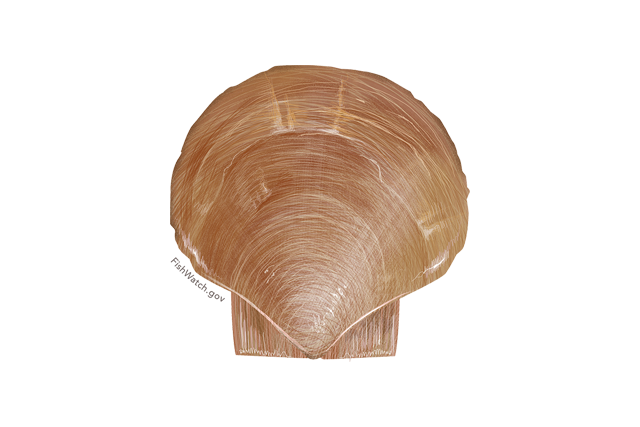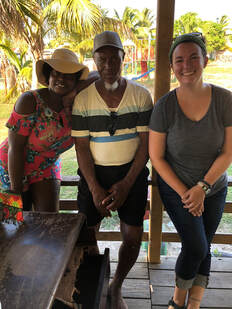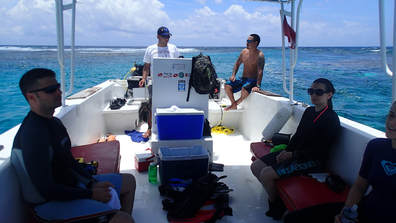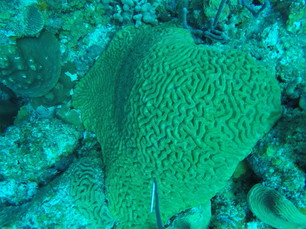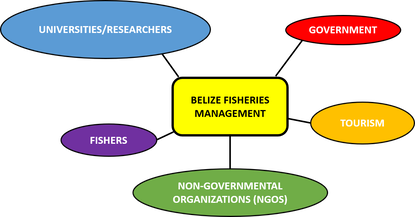Research Interests
See below for my current and past research projects
My work combines my passion for the oceans with quantitative ecology, social science survey methods, and public outreach to improve marine conservation efforts. I regularly collaborate with natural resource managers and marine stakeholders to build capacity and increase community engagement.
